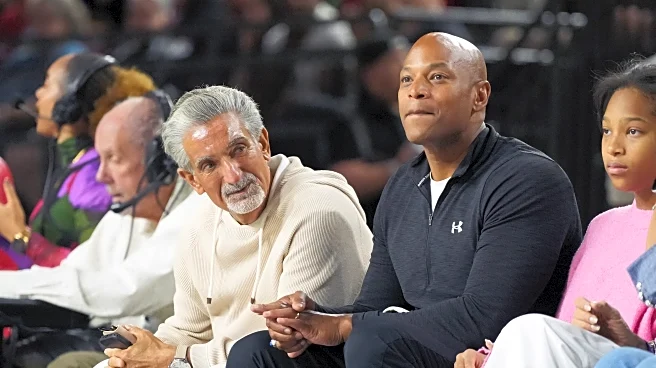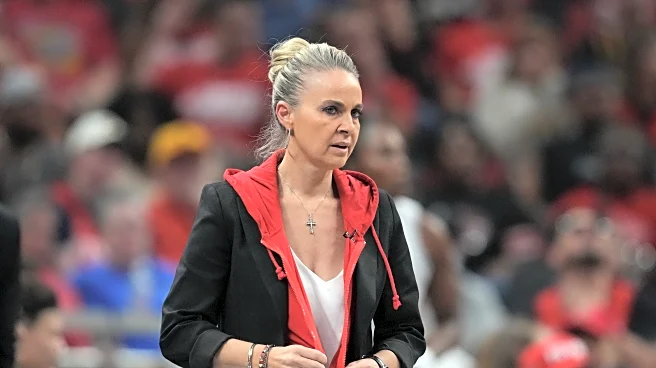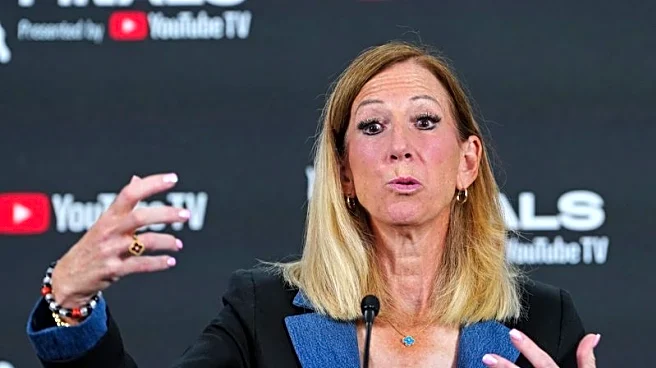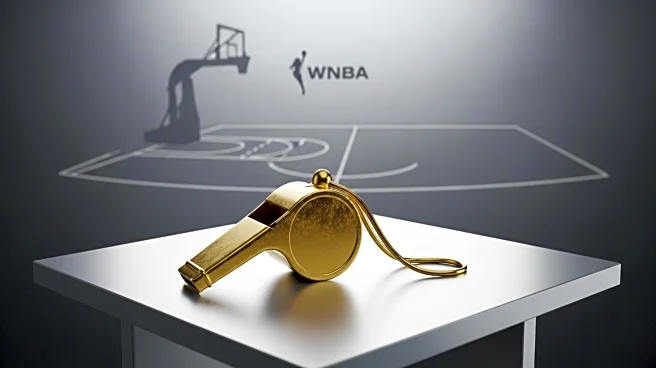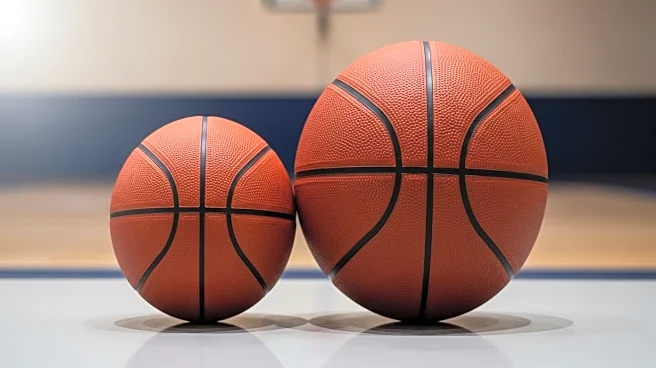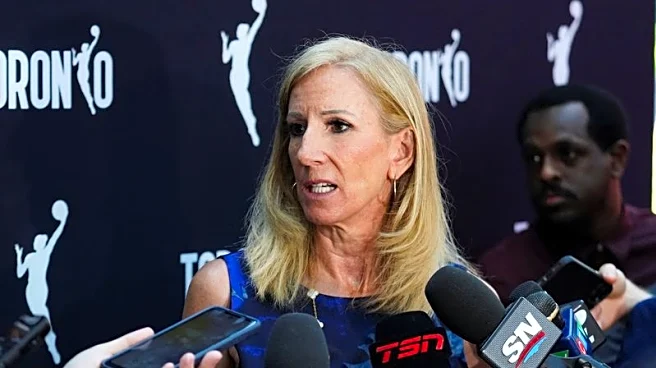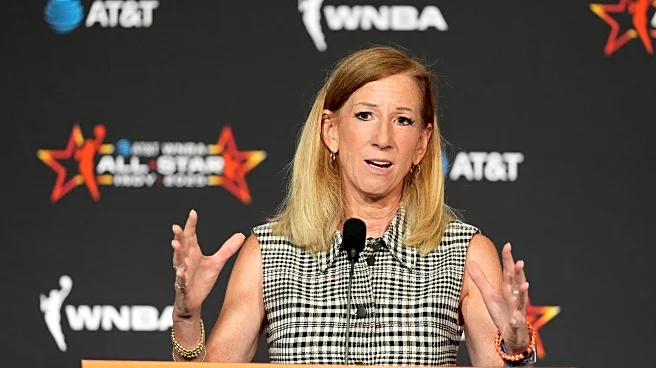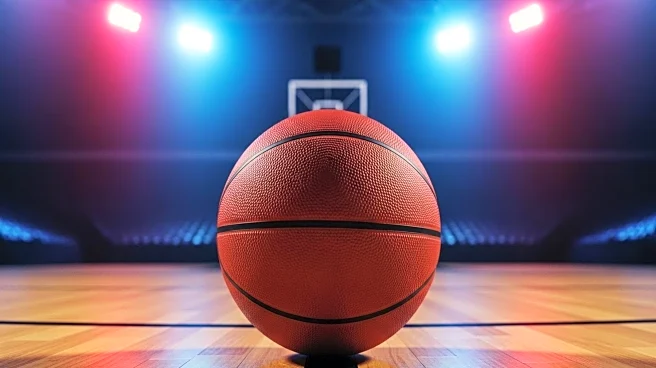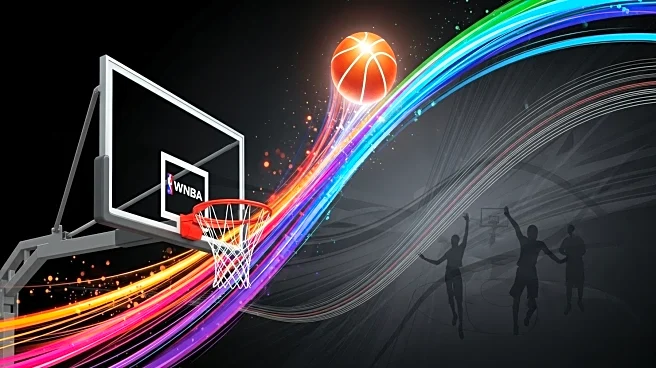The WNBA’s contract with the players’ union expires on October 31st, 2025. That is 25 days from when this is being written.
Negotiations seem to be in shambles, if the news cycle of the past week has taught
us anything. Let’s do a quick recap of everything that has happened regarding the WNBA and its leadership in the past 10 days:
- Cheryl Reeve is ejected from the Minnesota Lynx’s semi-final series game three, criticizing the WNBA’s officiating in her post-game press conference.
- Reeve is then fined $15,000 for this behaviour and suspended from game four.
- $1,000 fines are given to Las Vegas Aces coach Becky Hammon and Indiana Fever head coach Steph White for their public comments in support of Reeve.
- $500 fines are given to Lynx assistants Eric Thibault and Rebekkah Brunson for their own comments on the situation.
- After the Lynx are eliminated from the playoffs, Napheesa Collier shares a prepared statement on her thoughts about WNBA leadership, the state of CBA negotiations, officiating in the league, and Commissioner Cathy Engelbert’s leadership.
- Some of the things Engelbert said, according to Collier, were that the players should be “on their knees” thanking her for the opportunities they have, they Caitlin Clark should be “grateful to the WNBA” for her sponsorships, and that “only losers complain about the refs” in WNBA games.
- Collier also called the WNBA’s leadership “the worst in the world” and demanded better for the players.
After this statement went public, Engelbert and the league responded in their own statement:
Engelbert talks in circles at WNBA Finals press conference
As she always does before the WNBA Finals, Engelbert spoke to the media in a press conference before game one in Las Vegas on Friday. While she did not deny any of what Collier said, aside from the comment about Caitlin Clark, she expressed that social media exaggerates these types of things. The issue with that framing was that these were not just reports coming from journalists and edited to meet a wider appeal — they were literal direct quotes from players. It felt like she was avoiding speaking on these comments and also not confirming they were said, while also not being able to deny them either. Engelbert’s entire conference was a lot of pr talk, without actually giving much updates. She did commit to starting a “multi-stakeholder task force,” but even the explanation on that was vague.
When reporters then asked her pointed questions about what was said by the players in the past week, Engelbert deflected and expressed her disappointment in the players. She then discussed how she is a human being and how her kids have felt about the criticism directed at her this week. When asked about her future in her role, she told the media that she “is not a quitter” and will not be willingly leaving her post as Commissioner.
While she expressed that she had faith in the CBA negotiations and that they would result in an agreement on or around the deadline, that doesn’t seem to be the case from the players’ perspective. She expressed that their current offer to the players includes a significant pay raise and benefits increase, but we don’t know the exact offer, and Engelbert’s opinion on what is a good deal may not actually be a good deal to the players.
WNBA players have an opposing opinion on the legitimacy of Engelbert’s offers
The players continue to express their concern about Engelbert as a leader as well, many of them saying she doesn’t have people or relationship-building skills. They give the illusion that she treats them like a business asset as opposed to treating them like human beings. The players also continue to express their concern for these negotiations, saying that the league’s offers are offensive, out of touch, and not fair to the work they put in. Sabally called one offer “a slap in the face.”
The players have a very clear idea of what they want out of these negotiations. Not only do they want an increase in salary and benefits, but they also want to be treated fairly. One topic within this conversation is the discrepancy between NBA revenue sharing and WNBA revenue sharing. This is the money that the league gets from its media rights deal and other sponsorships, and a percentage of it is then shared with the players as part of their salaries. This amount of revenue share contributes to how high the team’s salary cap can be, because this money is distributed to the players via salary.
Right now, the NBA players get 49-41% of the revenue the NBA makes from the media and other streams of revenue. The WNBA makes 9%. It’s not like the WNBA players are suddenly asking to make the same amount of money, or even have the same amount of revenue percentage given to them. They want to close the gap a little more, given that 9% versus 50% is a huge discrepancy. PLUS, that’s the percentage the league makes from these deals, so 9% of the WNBA’s revenue is much lower than 9% of the NBA’s revenue. It’s about equity.
The league has also created benchmarks to depict when WNBA players can receive additional revenue, but that data is not shared with the players. That is another aspect of the negotiations.
So, what’s being made public is only a portion of the story. Yet, Engelbert’s highly optimistic perspective on things from Friday does not really match the players’ growing concern and criticism. If we are trusting the players’ statements, it feels like we may not get a deal made by October 31. We could be looking at a WNBA strike or lockout, as discussed last week.
What does this mean for the Toronto Tempo?
Well, the most clear thing is that if the 2026 WNBA season is cancelled or delayed because of a work stoppage, the Toronto Tempo will not debut as planned. There’s no risk for the WNBA not going forward with expansion — that’s set in stone. Yet, fans in Canada may have to be a little patient when it comes to the start date of the Tempo.
While the 2026 season is still a little distant in the future, things are happening soon that could affect the Tempo. The WNBA should be holding an expansion draft for the Tempo and the Portland Fire in early December, and a work stoppage may hinder that from happening. If the WNBA goes into a lockout, it seems like they probably would not hold the draft. If it’s the players striking, the draft may still happen, but no players would be involved with it or participate in it. It may also be hard to get fan engagement going for the teams drafting, given that people will be wary about crossing the picket line.
Crossing the picket line even makes things like events and announcements hard for these expansion teams. Fans engaging with any sort of WNBA-related event or even buying merch may be considered frowned upon during a player strike. This is going to be a peak time for Portland and Toronto to raise hype about their inaugural seasons and announce jersey and court designs. Fans are very involved and educated about the players’ negotiations, and it’s assumed the majority of fans would side with the players in a strike situation.
If there is a work stoppage on either side, free agency would come to a halt. Players would not engage in contract talks, and teams would not be signing players. No trades would happen, no free agents would be signed, and things would be postponed until a deal is reached. That means the Tempo would not be able to negotiate and sign free agents.
A work stoppage is a serious thing that will affect a lot of people on many levels. No one wants to go into a work stoppage — especially when you think of the impact of lower-level workers on the teams and league side of things, and how this will affect their livelihood — and is used as a last-ditch effort. If a work stoppage happens, it is because there is no other avenue to agreement. While it may be necessary in this instance, it would have a ton of impact on the league as a whole. Expansion teams may see a unique side to these impacts.



